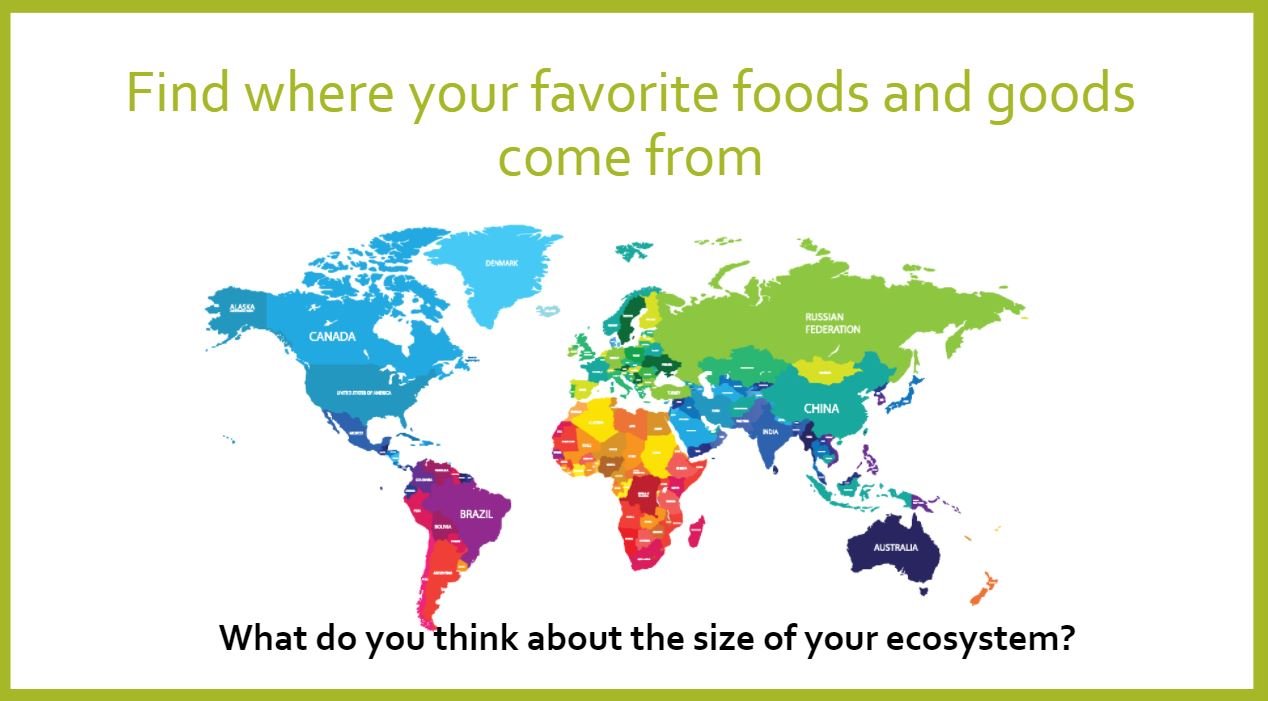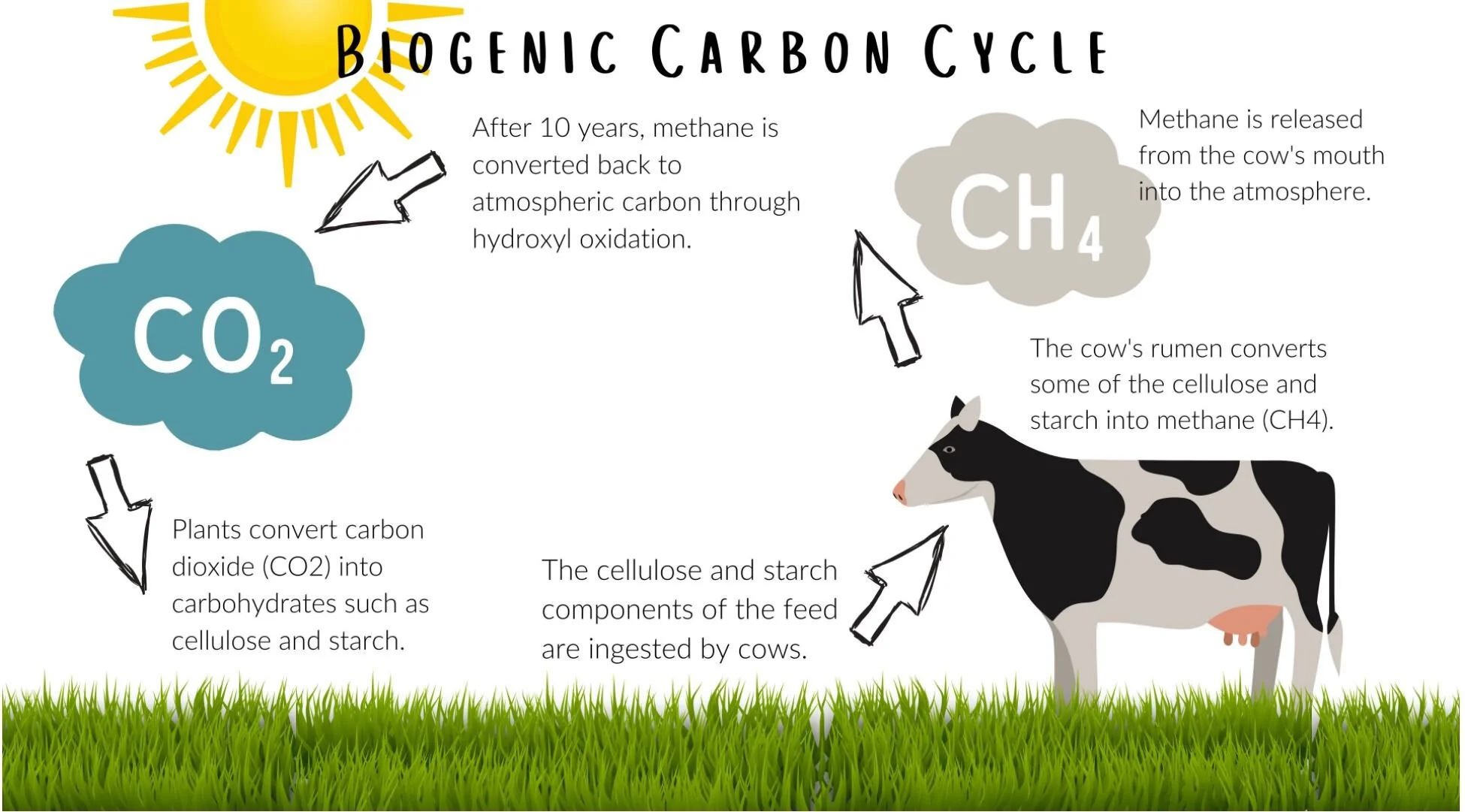Students (grade 3+) learn how agriculture is brings to life all of their holiday favorites! From Christmas trees to sweet treats, this interactive resource demonstrates that without farmers, it would be a blue Christmas.
Read MoreIntermediate Science: Students will learn the different parts of the farm ecosystem and discuss what happens when one or more parts are missing.
Read MoreIntermediate Science: Students will model the food chain from the sun to decomposers using producer and consumer examples that are found on a farm.
Read MoreIntermediate Science: Students will investigate what soil types are best for a given crop.
Read MoreIntermediate Science: Students will understand how plants (cover crops) on the farm prevent soil erosion and filter water.
Read MoreIntermediate & Secondary Economics: Students will understand that the foods and natural resources they consume come from a broad ecosystem due to our farming, transportation, and commerce systems.
Read MoreIntermediate & Secondary Science & Engineering: Students will explore how to best care for animals, then create a modern pig barn where the animals’ needs are met in a safe and comfortable environment.
Read MoreStudents will explore concepts of heredity in beef cattle and identify dominant and recessive traits.
Read More4th Grade Science: This Google Slide allows students to move labels to the correct part of the honey bee.
Read More4th Grade Science: This Google Slide allows students to move labels to the correct part of the flower.
Read MoreStudents will explore the carbon cycle and evaluate the carbon footprint of cattle. Using critical thinking skills, students will use the Claim, Evidence, and Reasoning model to determine the effect of cows’ methane production on the environment and investigate the extent cattle contribute to climate change.
Read MoreStudents will be introduced to the basic needs and functions of living things, introduced to stimulus and response, develop an understanding of the basic needs of shelter and space as they relate to horses, build structures using common materials and explore ways to solve problems when building structures, explore how large objects or structures can be made from smaller parts.
Read MoreStudents will be able to identify and list adaptations of various animals, understand the difference between behavioral and physical adaptations, construct an argument based on lab simulation that camouflage increases the likelihood of an organism’s survival, develop an understanding of how horses have adapted coat color overtime to meet their needs, escape predators, and continue those successful traits in their offspring.
Read MoreStudents will understand the need to supplement natural food sources when the environment may not fully meet the needs of an organism, be introduced to carrying capacity, develop an understanding of the basic needs of horses, develop an understanding of the basic nutritional elements needed by most organisms and how these nutrients can benefit the organism and their offspring.
Read MoreStudents will understand the difference between monocular and binocular vision as it relates to depth perception, experience how parallax contributes to depth perception, construct an argument based on experimentation that binocular vision allows for greater depth perception, and be able to identify that vision is based on information received through photoreceptors and translated in the brain.
Read MoreStudents will develop an understanding of why certain geographical areas in Kentucky provide better habitats for breeding and raising horses, how weather events contribute changes on the earth’s surface, how weathering and erosion can leak calcium carbonate into the ground water for animal consumption, and they will construct an argument based on experimentation that limestone in Kentucky’s soil is released into the water through the process of weathering and erosion.
Read More
















